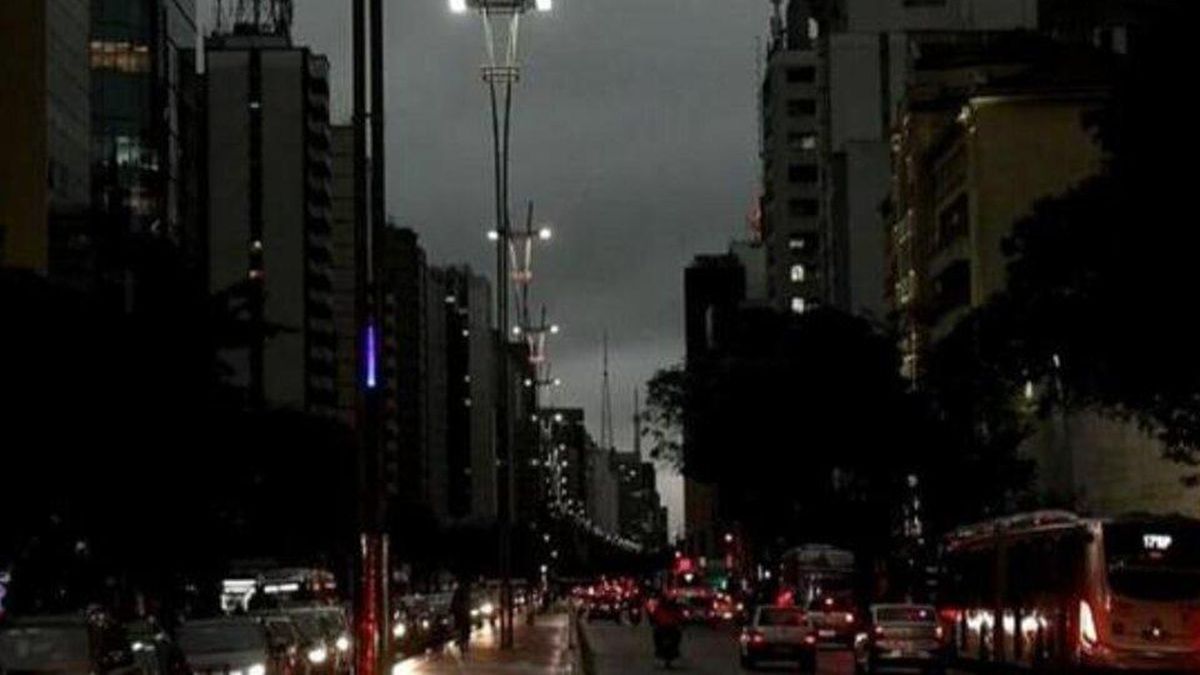Visual, cinematographically, a girl tells her story and that of her family -Padre, mother, her three brothers, and a protective grandfather- until the beginning of his adolescence, in “Bella Vista” (Planet) of Damasia Amadeoautobiographical bias story that refers to training novels. Amadeopsychoanalyst, editor, has published works by her specialty and self -fiction “Diario from the balcony”. We dialogue with her.
Da: I sought to give that past a new vision. That led me to show that family, neighborhood space, in detail, where the visual predominates. It was the starting point, but, above all, I wanted to create a fiction, which resulted in self -fiction.
Q.: How did he embark on the literature of the self?
Da: In recent years, certain memories imposed me strongly. I wanted to write a fiction and I couldn’t think of topics. And childhood appeared as a subject.
Q.: In his book he points out that he stops in scenes seeking to extract some kind. Does that arise from your psychoanalyst profession?
Da: What is extracted is not the truth of memory, because memory has its own intensity. The truth was to recreate that in a fiction, make literature, achieve an artistic beauty. If there was a truth at stake in me, it is that the feeling of nostalgia disappeared to give way to a work. Now the only truth is that of the book. Now the memory is the memory of what is written. There is a transformation, a truth that the reader who immerses himself in the book is found.
Q.: And it is dragged by the visual, the cinematographic. The protagonist at 7 years is invented a panoptic to see, without being seen, curious, fearsome, friendly, surprising beings …
Da: I look for the transformed look in words, and the narrator girl has that vocation. He climbs to the gate to curly those who approach. Describes them. It wraps them in words. Owner of that marked interest in the visual, he did not become a photographer, filmmaker or regisseur, the look went to the written word. That predominance of the gaze was already in my previous book, “newspaper from the balcony”, written during the Covid pandemic.
Q.: And in his profession the word that is heard.
Da: The word that circulates between the patient and the analyst. A well -known Lacan phrase is that “reality has fiction structure.” I think that in “Bella Vista” I investigated in that aspect, there is a fiction structure about a reality that is lost because time passed, and is lost because, according to psychoanalysis, reality has fiction structure.
Q.: One of the fictions in the narrator’s games with her friends makes her: we were pioneering in the new ways of constituting a family.
Da: They play to imitate a mother with her daughters, in that game we did not let the father enter, there was a predominance of the feminine. In other games, as in the search for hidden treasure or in gathering blackberries, men and girls we mix.
Q.: Bella Vista, the town designed by Adolph Sourdeaux, was it, in the seventies, an advanced country?
Da: It was a typical neighborhood, it had nothing to do with the structure of the closed neighborhood, I think there are several country. Bella Vista had at that time the freedom that today allows children the closed neighborhood. In the book a lifestyle is portrayed, for adults and children, which is no longer easily found. There were family characters such as the ice cream that passes on his bicycle, the beggar, the milkman. And there was the family link with domestic employees. The affective link that was established is striking at distance. The narrator was going to spend the weekend at the house of one of those employees, one that was important for her, as her memories say.
Q.: Just as in “Bella Vista” there is some idealization, just as the lost paradise is, the problems do not stop appearing, there is the overwhelming and sinister of the seventies, there is the family crisis, the separation of the parents, which it brings in adolescent or almost adolescent children and what the destroyer and the des-father bring.
Da: In the book there is an experiential aspect, a descriptive aspect, a playful aspect, a dramatic aspect. There is a reconfiguration look where there are no reproaches, there are no claims or blame. In that final stage to which another figure is relevant, another figure that has not ceased to be present, that of the grandfather, who becomes the computer of the riot and of the des-pardre. In the book there is a certain family lack of control due to absence and presence of the father and mother, which are not at all total absences. Faced with that disorder that you call riot and disseminate, putting order charges the grandfather. It becomes central in the book and in my life, because I end up accounting for its centrality from the writing of “Bella Vista”.
Q.: What is to write now?
Da: Every time I finish writing a book, when the book already becomes an object, I am certain that I am not going to write again. I am at that stage. I have written books about psychoanalysis, two self -definitions. Well, of course, it happens, then you begin to appear themes, follow the narrator of “Bella Vista” now in adolescence, perhaps something closer to my current moment.
Source: Ambito
I am an author and journalist who has worked in the entertainment industry for over a decade. I currently work as a news editor at a major news website, and my focus is on covering the latest trends in entertainment. I also write occasional pieces for other outlets, and have authored two books about the entertainment industry.




